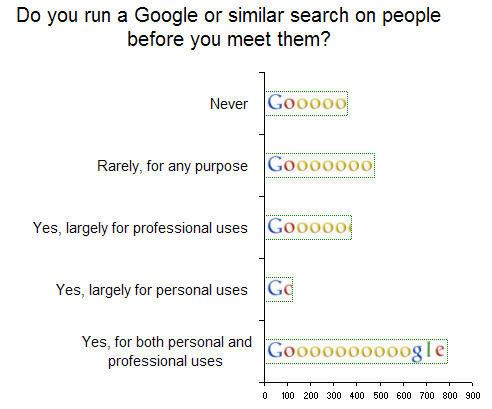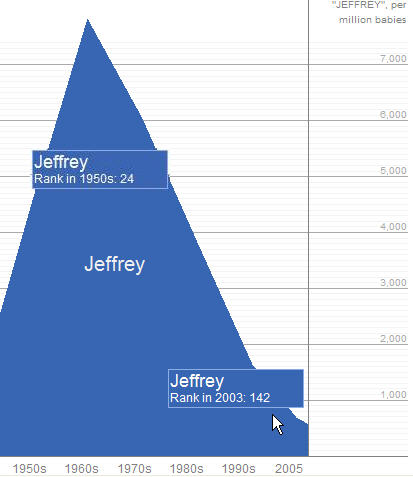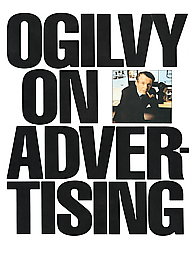How often do you come across an account of the same new, breakthrough idea from two different sources within 24 hours? That happened to me this weekend, and even if I had just seen it once I would have found the idea extraordinary. First, I read how Offermatica provides a content management solution that helps with multivariate testing of offers and copy. From what is learned, customized content can be delivered in real-time, based on behaviors. Offermatica CEO Matt Roche describes a novel application of this tool in a MediaPost blog interview:
[With the client site, MusicFriend.com] when someone comes to the home page [from a search engine] we know nothing about them, so they get the home page. What if we repeat the keyword that they searched on to get there, just show similar information? That increased the conversions. We repeat your keyword so you have a connection. Then we install affinity targeting that says when you go to the drums section and come back to the home page it will show you more drum offers. It increased the conversion rate in double digits on all the categories where we did category affinity.
The emphasis was my own. Double digit conversions?!? What a great trick.
Then I read Todd Friesen’s piece describing the same technique, in the July, 2007, print edition of Online Media, Marketing and Advertising (OMMA — and yes, it’s also a MediaPost publication). Phrased a different way, it suggests the same brilliant strategy:
… Did you ever notice how most brand traffic lands on your home page? Even product terms that contain branded verbiage often get a home page ranking ahead of a product page. Most home pages are pretty generic and usually run creative speaking to a straight brand message or weekly deal. How do you refine that on the fly to positively impact conversion? With a good multivariate tool, it’s relatively simple.
Some tools have the ability to recognize a search engine referral and identify the search term to define the creative displayed in the marketing modules on the home page. SEO managers then populate the “hero image” with a product related to the search and then load the complimentary products into the secondary marketing modules.
It is standard practice to do something like this with pay-per-click ads. We create customized landing pages that repeat the keyword phrase used in the search. This idea extends that landing page mentality to organic search results.
There is conjecture that the radio was invented in several places around the world at the same time. I suspect there will be similar arguments as to whom originated this simple and elegant way to improve the user experience for people arriving from search engines. All I can say is, I’ll glad I learned about it at all, so I can begin testing it with some of my clients.
Any readers who are already using this technique?


 The book that first inspired me to get into direct response — a move that led directly to my love of interactive marketing — was written by a famous ad man. Remarkably, David Ogilvy’s
The book that first inspired me to get into direct response — a move that led directly to my love of interactive marketing — was written by a famous ad man. Remarkably, David Ogilvy’s